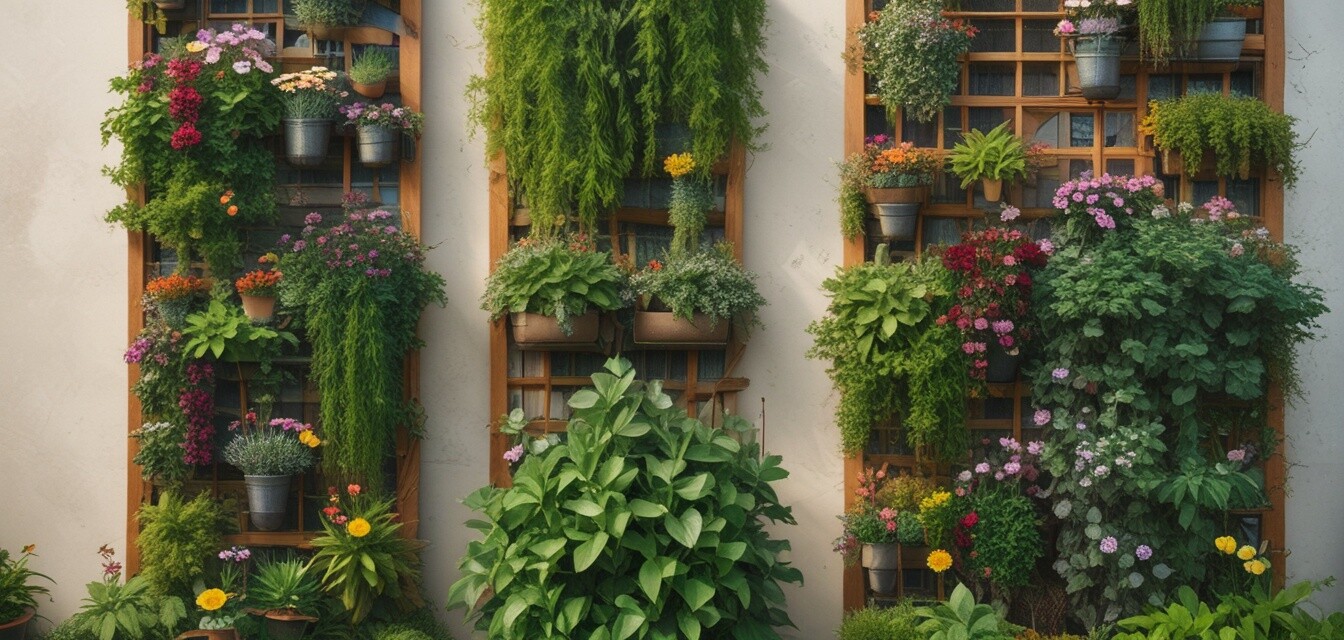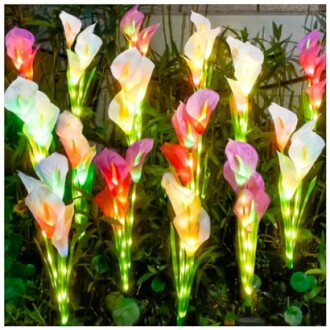
Vertical Gardening Best Practices
Key Takeaways
- Choose the right plants for vertical gardening in your climate and space.
- Utilize efficient structures such as trellises and wall planters to maximize space.
- Ensure proper light, water, and nutrition to support plant growth.
- Regular maintenance is key to a thriving vertical garden.
Are you dreaming of a green oasis on your urban balcony? Vertical gardening offers a creative way to cultivate plants without requiring extensive horizontal space. By growing upwards rather than outwards, you can turn any wall or railing into a flourishing garden. This article explores essential best practices for creating and maintaining thriving vertical gardens.
Understanding Vertical Gardening
Vertical gardening utilizes vertical space for planting, allowing urban dwellers to enjoy greenery even in limited areas. Here are some of the crucial elements to consider:
- Plant Selection: Opt for plants that thrive in your specific climate. Herbs, succulents, and certain flowering plants are great choices.
- Structure: Choose materials that support the weight of your plants while being aesthetically pleasing.
- Lighting: Assess sunlight exposure before deciding where to place your vertical gardens.
Choosing the Right Plants
Plant selection is vital for a successful vertical garden. Here are some great options to consider:
| Plant Type | Light Requirements | Benefits |
|---|---|---|
| Herbs (e.g., basil, mint) | Full Sun | Great for cooking, easy to grow. |
| Succulents | Bright Light | Minimal watering, ideal for low-maintenance care. |
| Flowering Plants (e.g., strawberries) | Full Sun | Adds color and produces fruit. |
Building Your Vertical Garden
Once you've selected your plants, it’s time to build your vertical garden. Follow these guidelines:
- Select a Structure: Choose from trellises, wall planters, or hanging pots.
- Prepare the Area: Ensure there’s enough sunlight and protection from harsh winds.
- Soil and Nutrition: Use high-quality potting soil mixed with slow-release fertilizers.
- Planting: Follow the specific planting instructions for each plant type.
Maintenance Tips for Vertical Gardens
Maintaining your vertical garden is crucial for its longevity. Here are some best practices:
- Watering: Make sure your plants receive adequate water, especially in dry seasons.
- Fertilizing: Regular feeding with a balanced fertilizer will encourage healthy growth.
- Pest Control: Monitor for pests and remove them promptly; organic remedies can be effective.
- Pruning: Trim overgrown plants to maintain shape and encourage new growth.
Enhancing Your Vertical Garden’s Aesthetic
Not only do vertical gardens provide greenery but they can also enhance the beauty of your space. Consider these tips:
Pros
- Maximizes limited space.
- Creates a stunning visual impact.
- Filters air pollutants.
Cons
- Can require more time and effort for maintenance.
- Initial setup might be costly.
Using Accessories to Complement Your Vertical Garden
Adding accessories can provide not just functionality but also visual appeal. Consider incorporating:
- Decorative pots and holders
- Lighting fixtures to showcase plants at night
- Plant stands for additional layers
DooYard Solar Garden Lights
Experience the magic of these solar calla lily lights, which glow beautifully at night. Easy to install and weatherproof, they are perfect for enhancing your vertical garden's ambiance.
Learn MoreSustaining Your Vertical Garden in Different Seasons
Adapting your gardening techniques to the seasonal changes is essential. Here are some tips for each season:
| Season | Tips |
|---|---|
| Spring | Start planting hardy plants after the last frost. |
| Summer | Monitor watering closely and provide shade for delicate plants. |
| Fall | Harvest any fruits and prepare plants for colder weather. |
| Winter | Protect sensitive plants with frost cloths. |
By following these best practices and incorporating some inspiring elements into your vertical garden, you can enjoy a vibrant and lush oasis right on your balcony. As you learn and adapt, your plants will thrive, and you'll create a stunning display that showcases your love for nature.
For more tips and resources, check out our articles on balcony garden design ideas and seasonal balcony gardening.
For Beginners
- Start small; use easy-to-grow plants.
- Mix different textures and colors for a vibrant look.
- Experiment with different vertical structures to see what works best.
